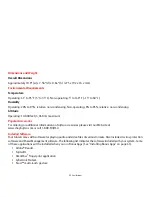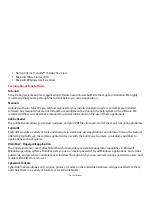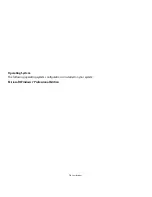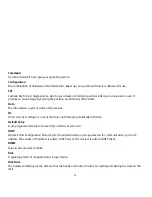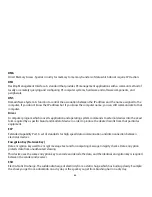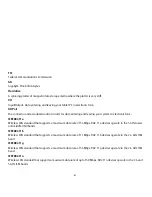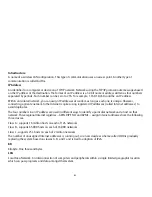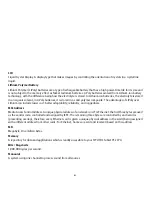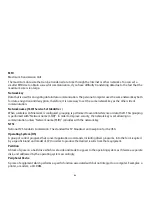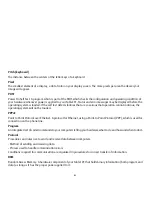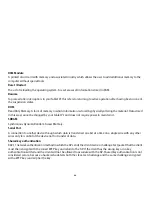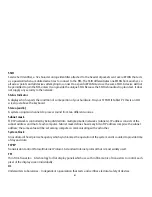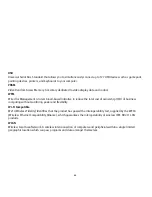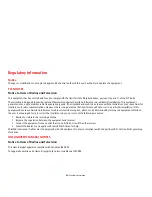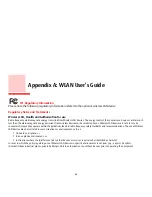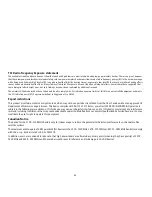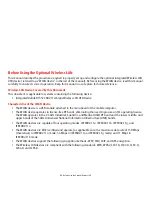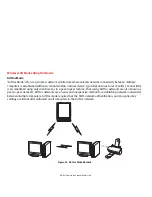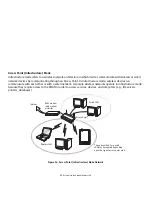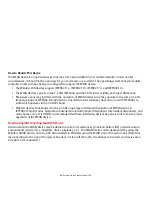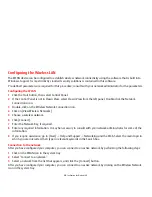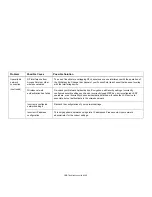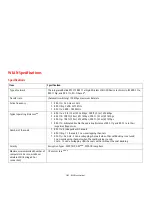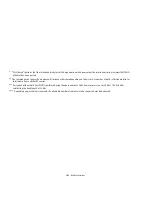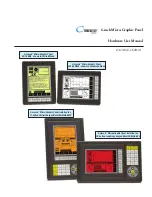
87
-
SSID
Service Set Identifier, a 32-character unique identifier attached to the header of packets sent over a WLAN that acts
as a password when a mobile device tries to connect to the BSS. The SSID differentiates one WLAN from another, so
all access points and all devices attempting to connect to a specific WLAN must use the same SSID. A device will not
be permitted to join the BSS unless it can provide the unique SSID. Because the SSID is broadcast in plain text, it does
not supply any security to the network.
Status Indicator
A display which reports the condition of some portion of your hardware. On your STYLISTIC Tablet PC this is an LCD
screen just above the keyboard.
Stereo (audio)
A system using two channels to process sound from two different sources.
Subnet mask
TCP-IP network is controlled by being divided into multiple smaller networks (subnets). IP address consists of the
subnet address and that of each computer. Subnet mask defines how many bits of IP address comprise the subnet
address; the same value will be set among computers communicating with each other.
System Clock
An oscillator of fixed precise frequency which synchronizes the operation of the system and is counted to provide time
of day and date.
TCP/IP
Transmission Control Protocol/Internet Protocol. A standard Internet protocol that is most widely used.
TFT
Thin Film Transistor – A technology for flat display panels which uses a thin film matrix of transistors to control each
pixel of the display screen individually.
UL
Underwriters Laboratories – Independent organization that tests and certifies electrical safety of devices.

